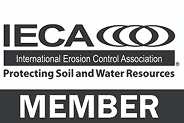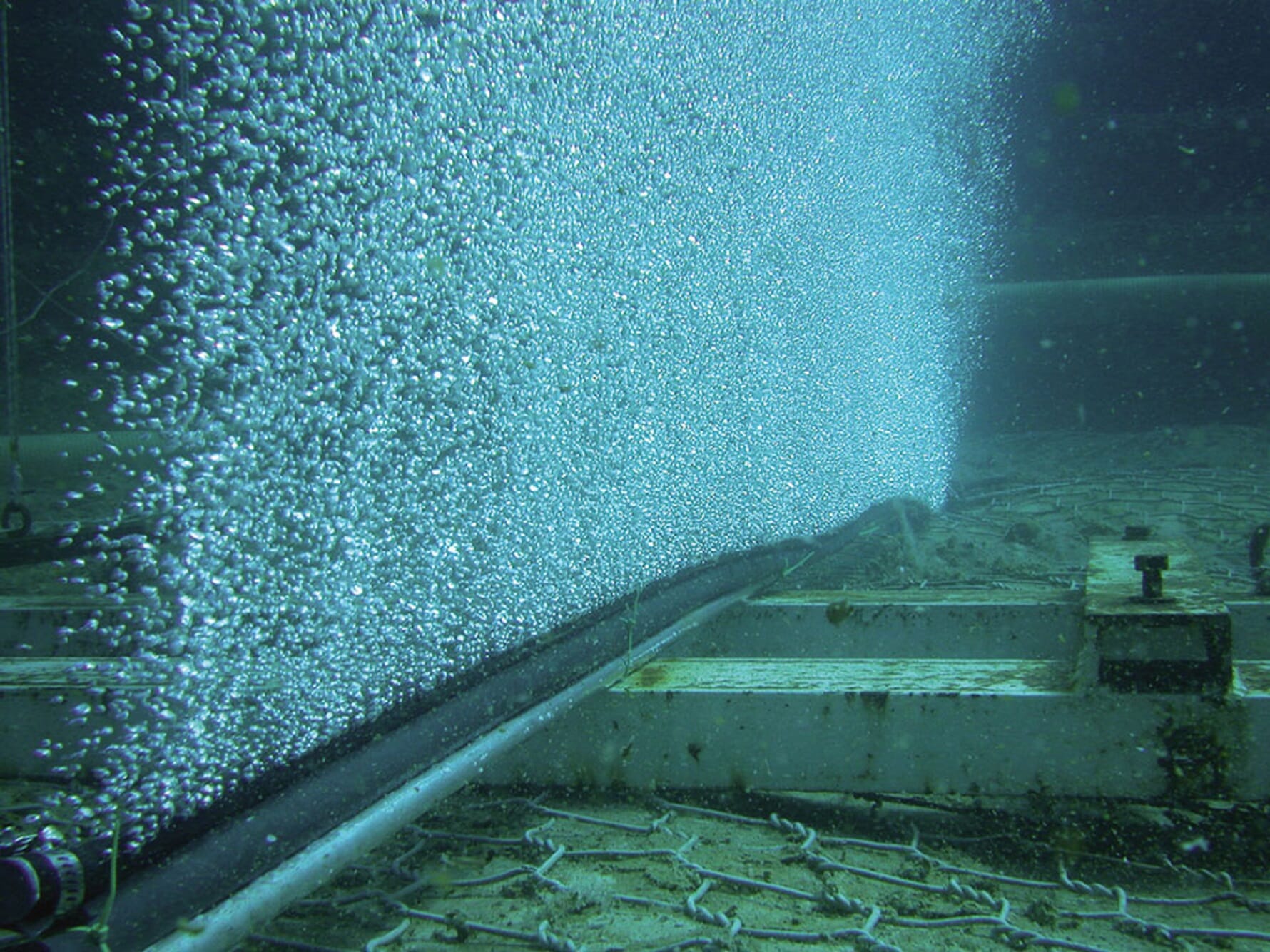
Bottoms Up to Micro Bubble Aeration
Oxygen is essential for the balance and function of every freshwater ecosystem. There may not be enough oxygen in water for many different reasons:
- Eutrophication leading to weed growth and reduced surface exchange
- High oxygen demand in the water column
- Stratification of the water body
- Warm temperatures leading to less carrying capacity
Often a combination of these factors can lead to fish kills, algal blooms and anoxic sediments that contribute to ecosystem imbalance.
Aeration is a method that allows oxygen to be forced into the water thus preventing these problems from occurring. Some water bodies require constant aeration, others require only emergency aeration or timed aeration during ‘high risk’ periods.
There are 2 main methods for getting air (and thus oxygen) back into the water:
- Surface aeration (top down aeration)
- Benthic aeration (bottom up aeration)
A brief summary of surface and bottom aeration is provided below:
Benthic aeration Surface aeration Can aerate the entire waterbody no matter the depth Only aerates the upper reaches of the water column Significantly reduces the chances of a fish kill occurring Does not support destratification of the water body Supports aerobic bacteria at the benthic layer Only supports bacteria near or at the surface Energy efficient – so lower operational cost More expensive operation than benthic aeration Lower carbon footprint than surface aeration Higher carbon footprint Low noise and un-intrusive operation – no navigation obstruction Noisier and more intrusive than bottom aeration Comparison of like-for-like benthic & surface aeration Surface aeration (top down aeration):
With surface aeration fountains or pumps are used to agitate the surface of the water and create more gaseous exchange between the air and the water column.
Whilst this creates an ‘oxygen refuge’ it can also leave the majority of the water column without oxygen.
Surface aeration tends to aerate the surface or upper reaches of the water column only.
As surface aerators pump water, they typically have a high-power demand and low oxygen transfer rate leading to a low overall oxygen transfer efficiency.
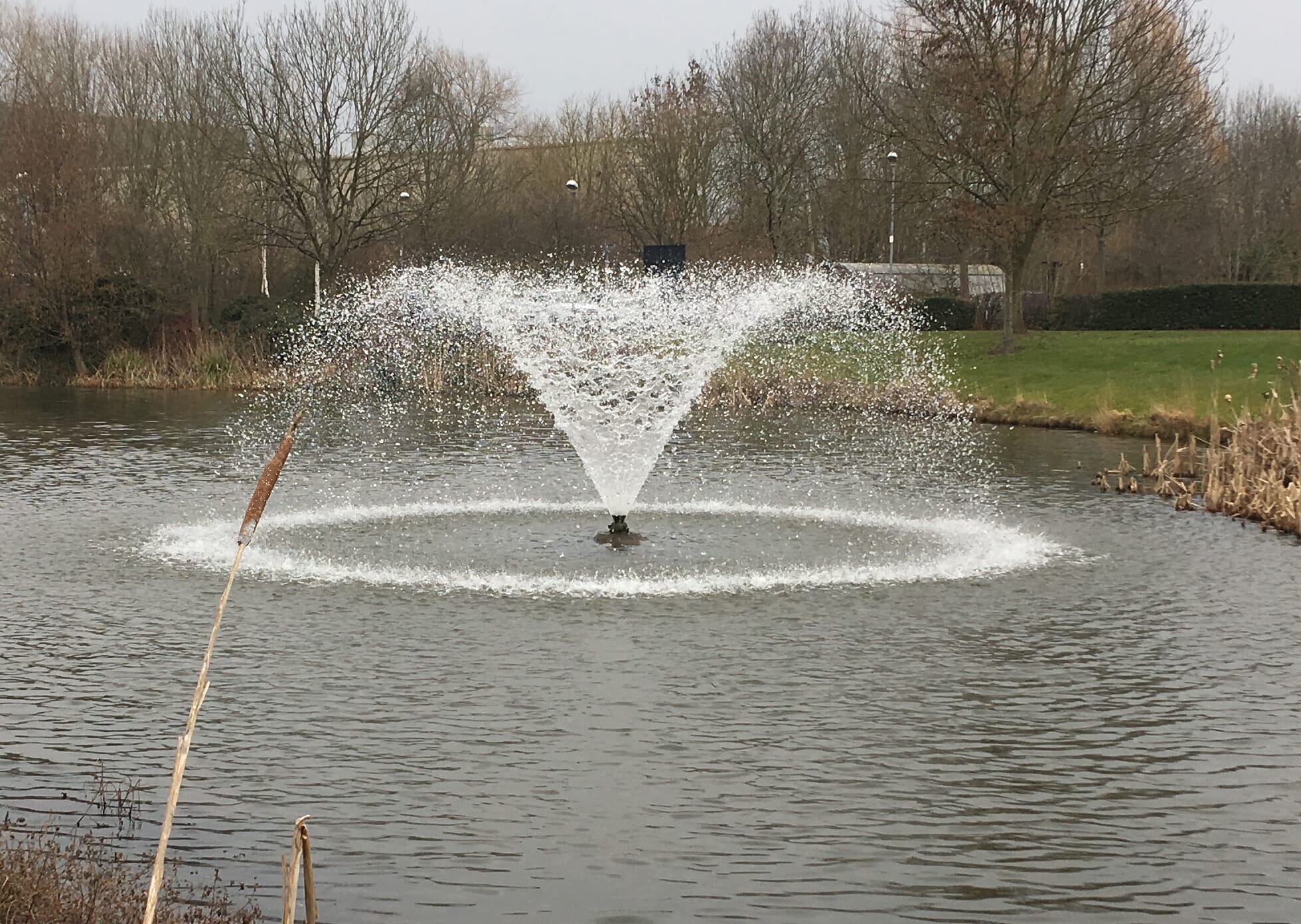
Surface aeration via a fountain Benthic Aeration using Bubble Tubing® (bottom up aeration):
Benthic aeration works by compressing air and forcing it to the bottom of a pond or river where it is released and rises from the benthic layer to the surface.
The residence time of each bubble in the water column combined with the ultra-high surface area produced by millions of micro bubbles leads to a very high oxygen transfer efficiency and an even distribution of oxygen in any depth of water.
Asides from aerating the entire water column and reducing the chances of a fish kill, bubbles rising from the benthic layer have 3 other key advantages:
- Support the development of oxygen rich layer at benthic boundary, providing an environment for micro-organisms to consume organic matter, such as leaf litter
- Helps to mix the water column reducing thermal stratification
- Benthic or bottom aeration can quickly improve the colour and odour of a water body and reduce algal blooms.
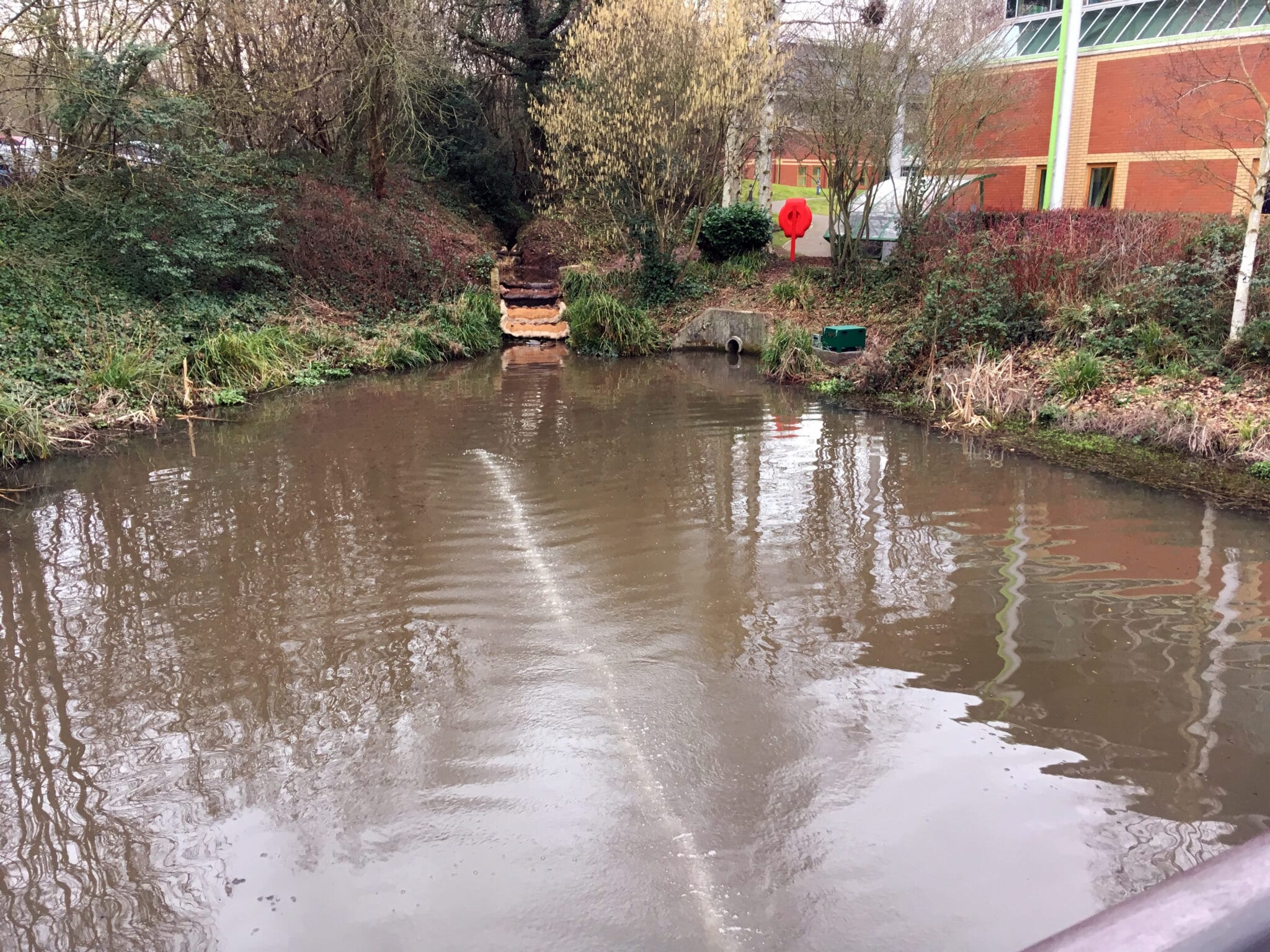
Benthic aeration using Bubble Tubing® 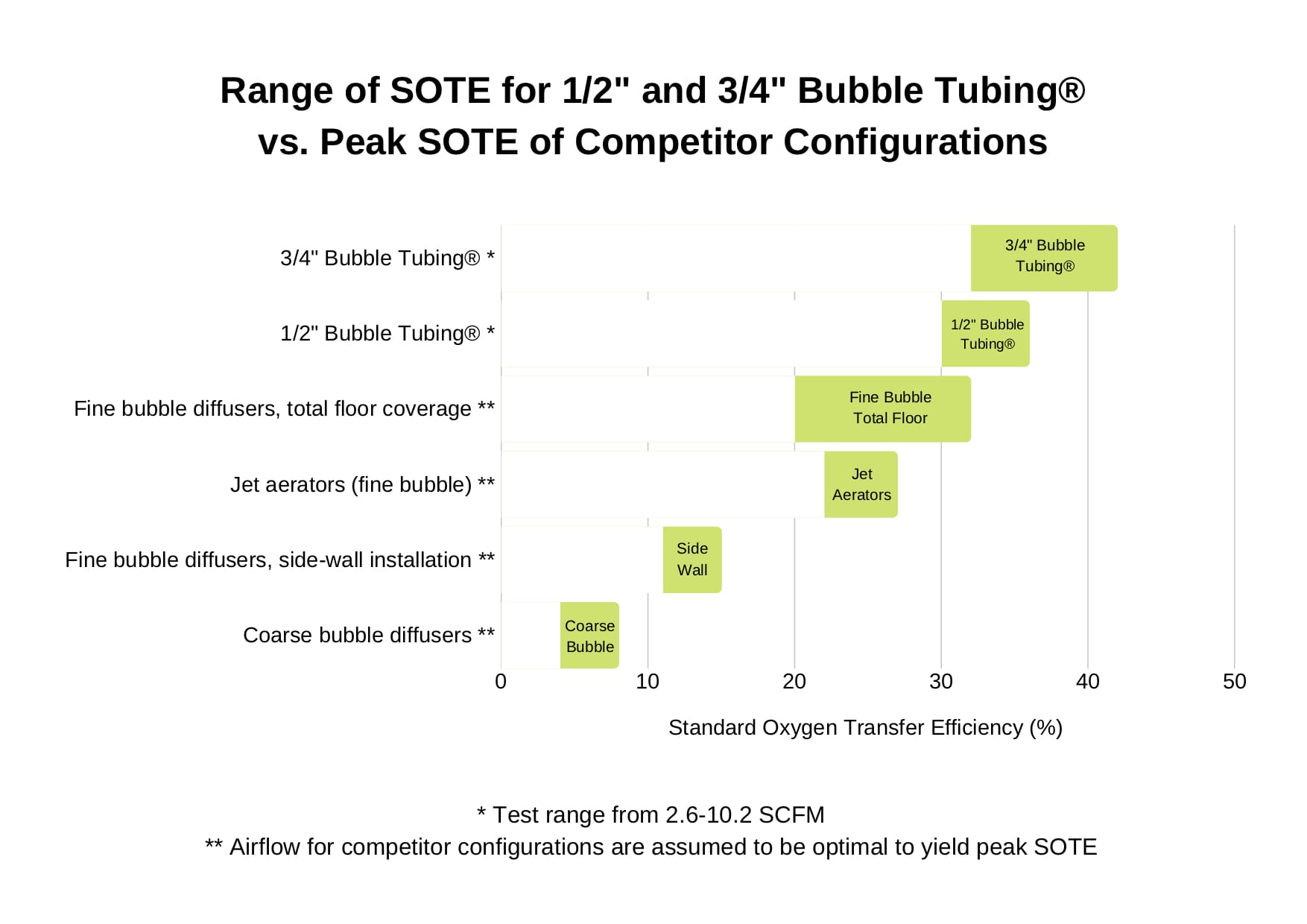
Costs and Carbon Footprint:
Cost is another key difference between surface aeration and bottom aeration.
Typically, surface aeration relies on pumping water to create agitation and increase gaseous exchange.
Pumping water is highly energy intensive compared to pumping air as shown in the summary table.
For further information go to our Bubble Tubing® Pond and Lake Aeration page or contact us.
Aspect Typical dual fountain system 2 x 30m Length of 1/2″ Bubble Tubing Difference Energy (kWh) 23,328 13,997 9,331 Cost Of Energy (£) £6,532 £4,199 £2,333 CO2 Emissions (Tonnes) 4.78 2.87 1.91 Energy, cost and CO2 based on Six-month operating season from Spring to Autumn. Cost of energy taken as average of £0.28 per kWh, Nov 2023 CO2 emissions of 0.20496 per kWh of energy via 2023 UK government emission factors. Emissions is in kg CO2/e, converted to Tonnes




